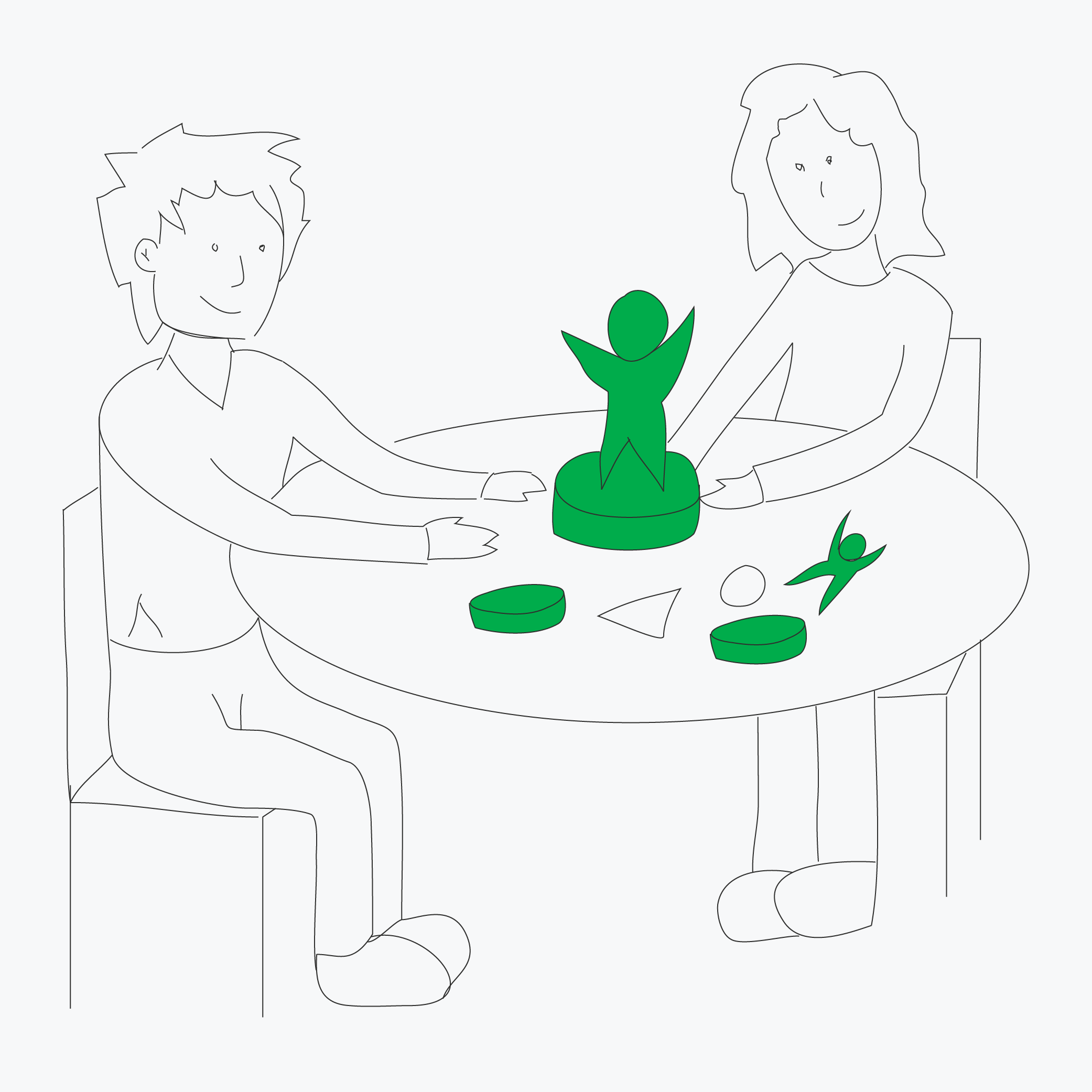Co-creation Space
Why?
The Co-creation space relies on high levels of user-involvement for the co-design of ideas and solutions that create value in the eyes of users, or other stakeholders, in the examined field. Thus, through a joint design process, this method leads to an explorative evaluation that creates further insight into the user’s experience, for the refinement and enrichment of ideas.
How?
The students present their ideas for users, or other stakeholders, linked to the problem: for example by showing them a user-journey or a prototype, or by performing a role-play. Based on this material, they start building on new solutions together or with the users For example:
- How they understand the idea or solution?
- How could it look like?
- What could be improved?
Etc.
It is important to encourage the users during this process by letting them know that they form part of the creative design process and that their inputs are valued. Thus, the students must be open to critique and to the learning process of working in collaboration with users.
Tips
The contextual settings of a Co-creation space should stimulate and encourage the students and users in the design process. Thus, the room should be arranged with all the necessary facilities and materials such as, pencils, paper, pictures, markers, cardboard, etc. for them to draw, sketch, or build with. The room could also be decorated to portray a specific situation that is linked to the problem, such as a dressing room, a football field, or an office etc.
Literature
Fraser, H. M. (2012). Design works: How to tackle your toughest innovation challenges through business design. University of Toronto Press.
Sanders, E. B. N., & Stappers, P. J. (2008). Co-creation and the new landscapes of design. Co-design, 4(1), 5-18.
Buur, J., & Matthews, B. (2008). Participatory innovation. International Journal of Innovation Management, 12(03), 255-273.

